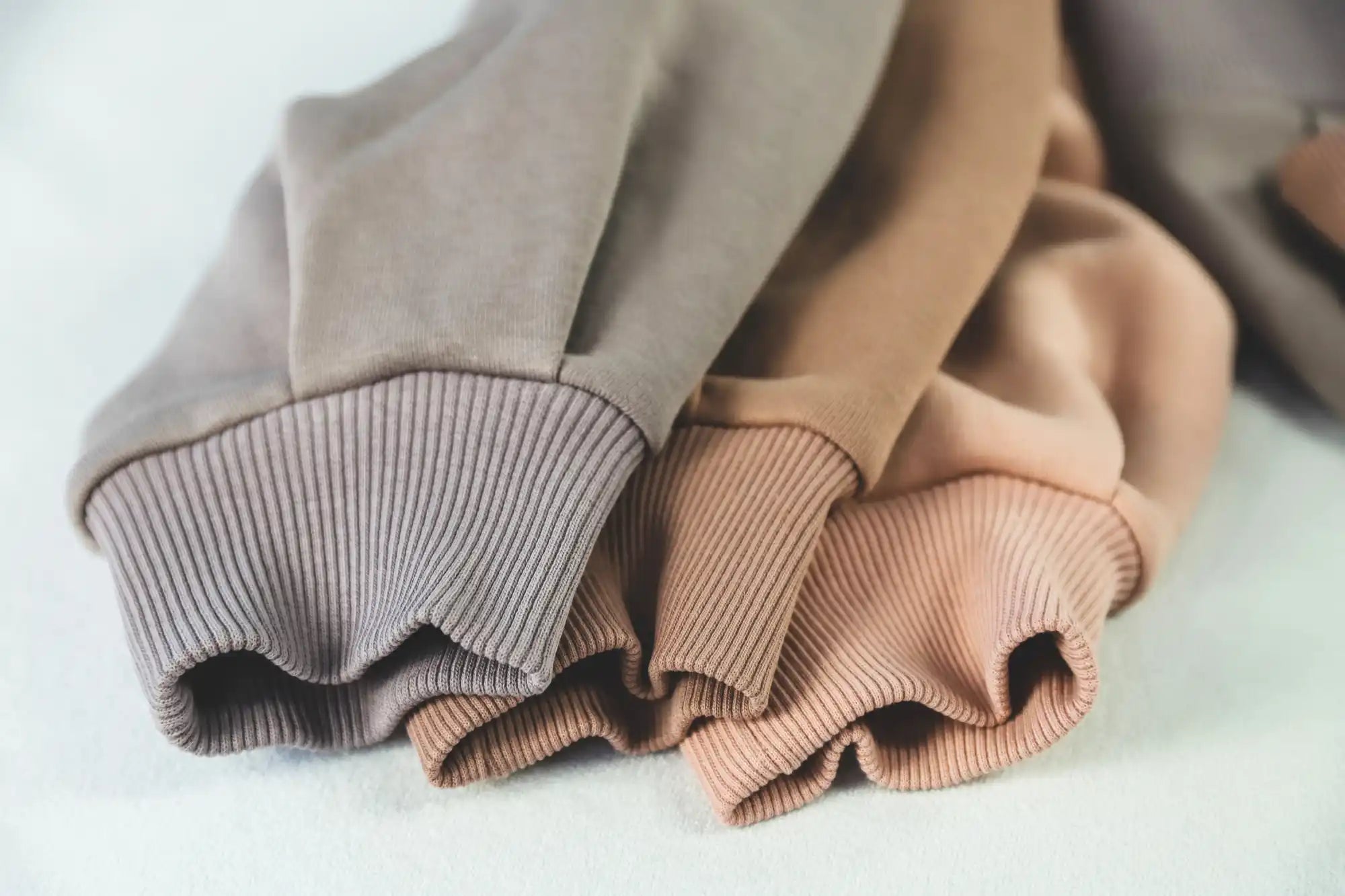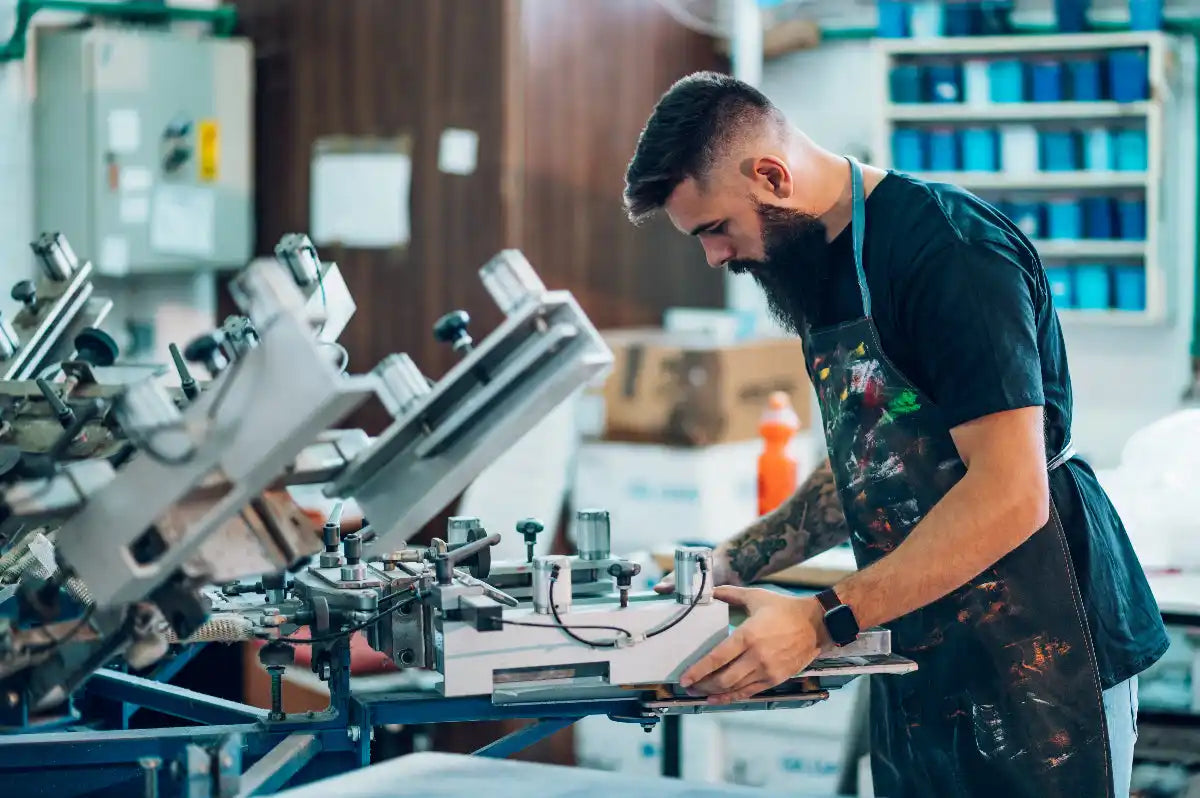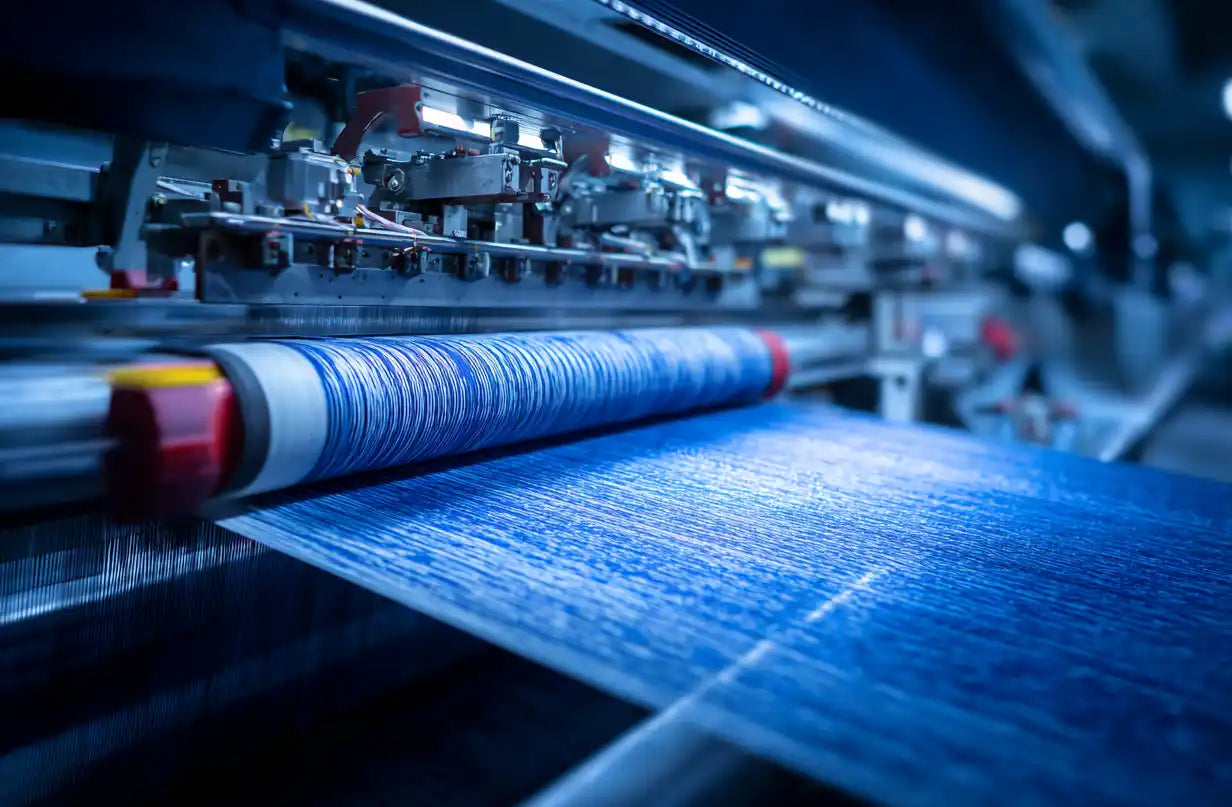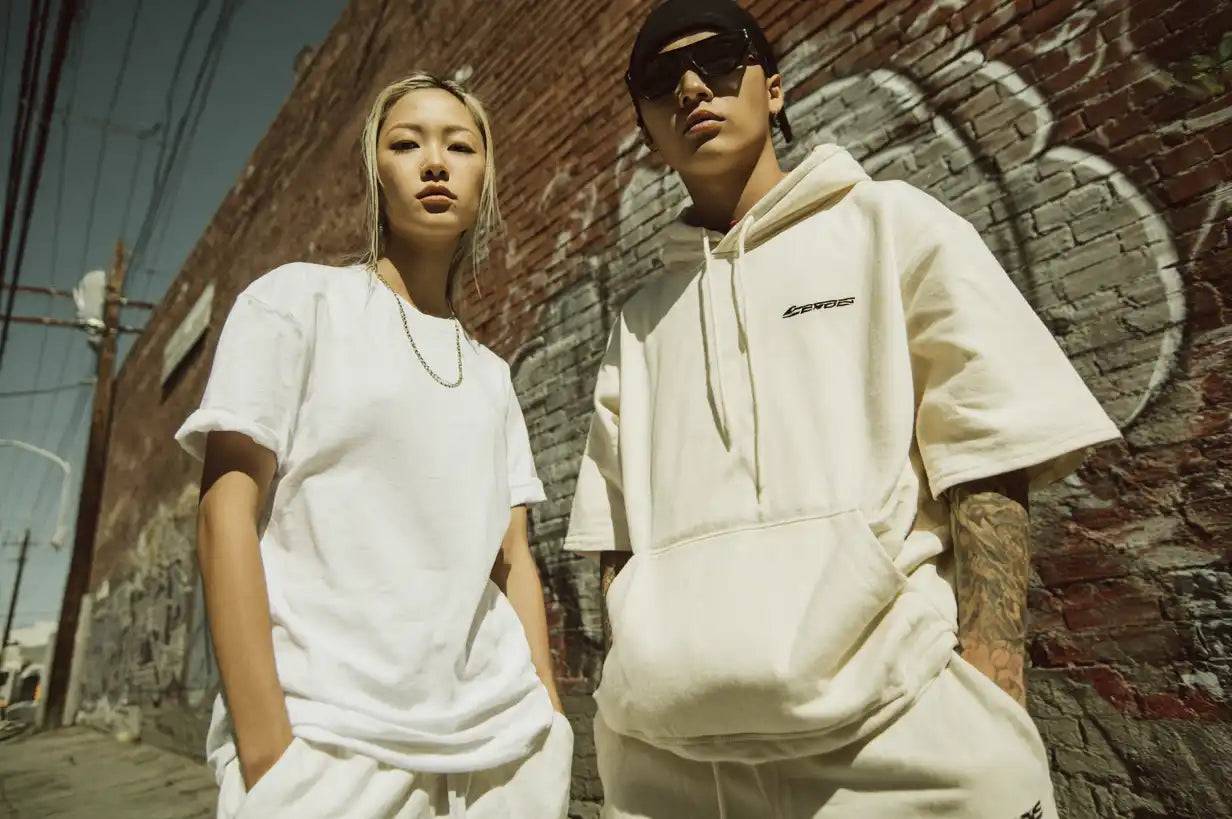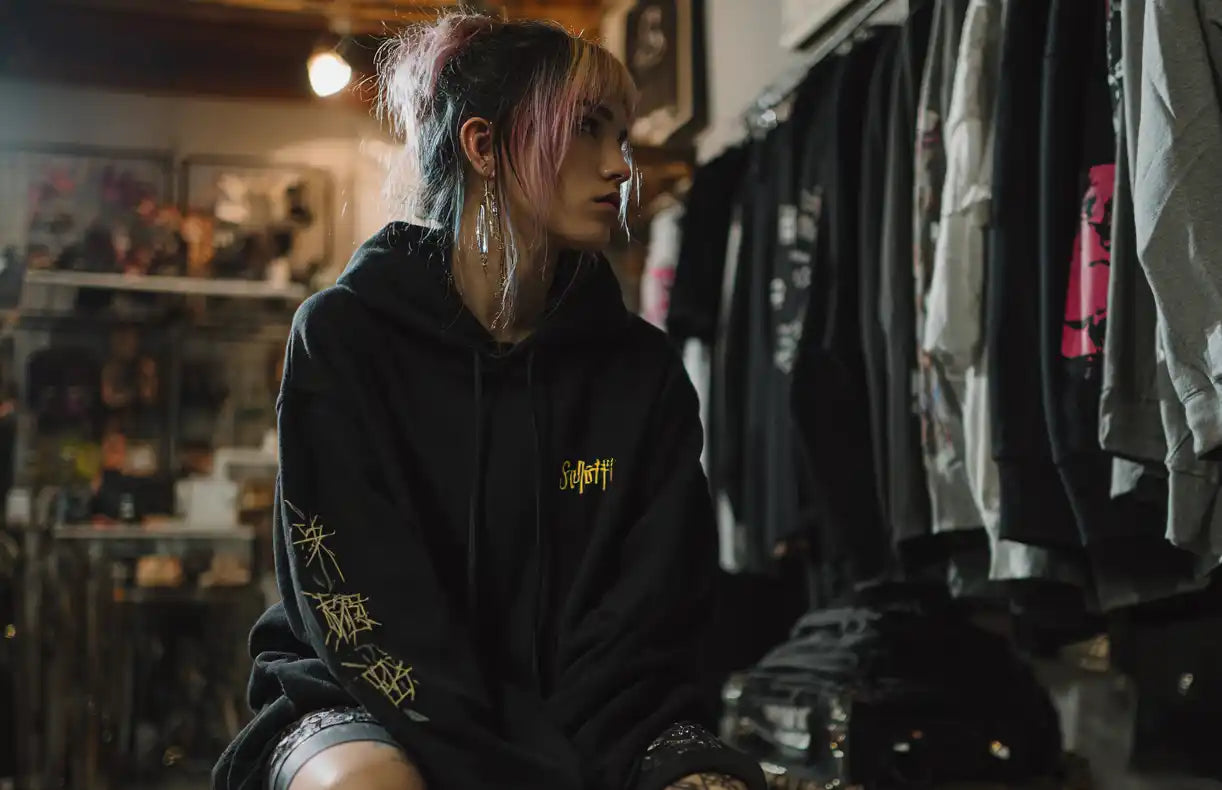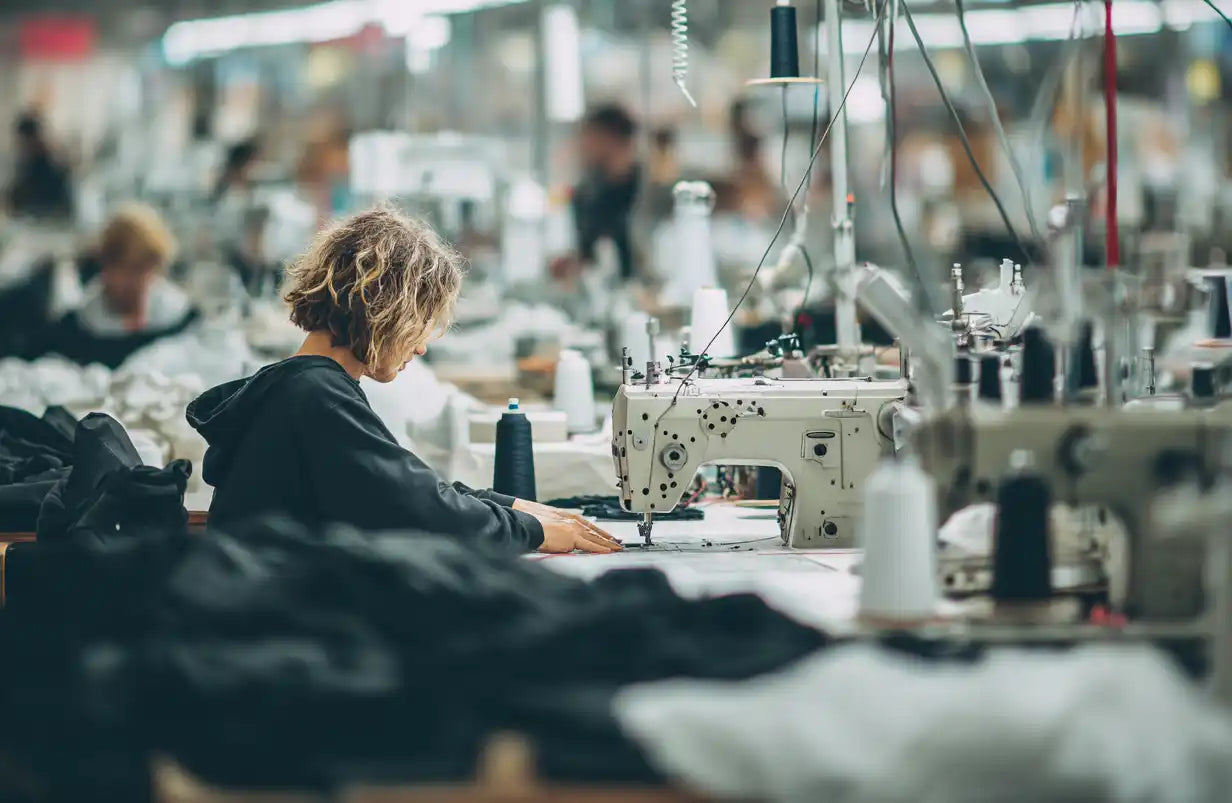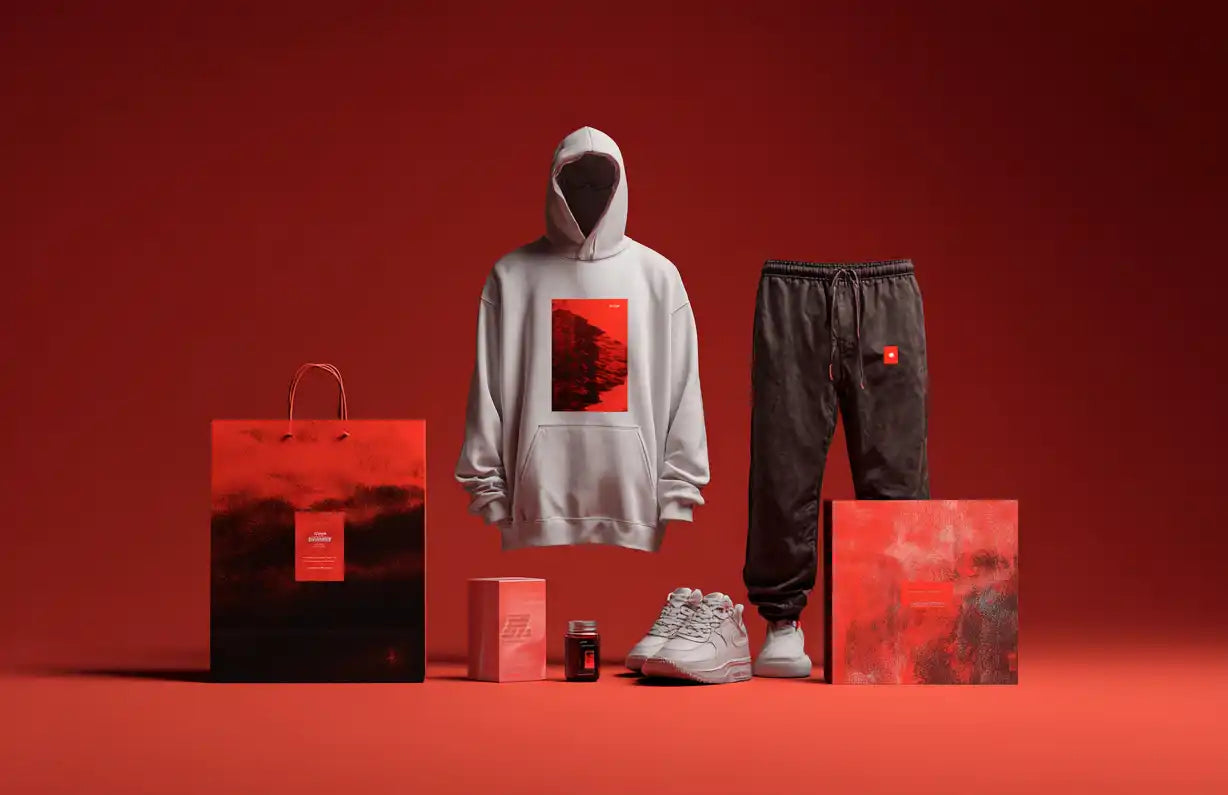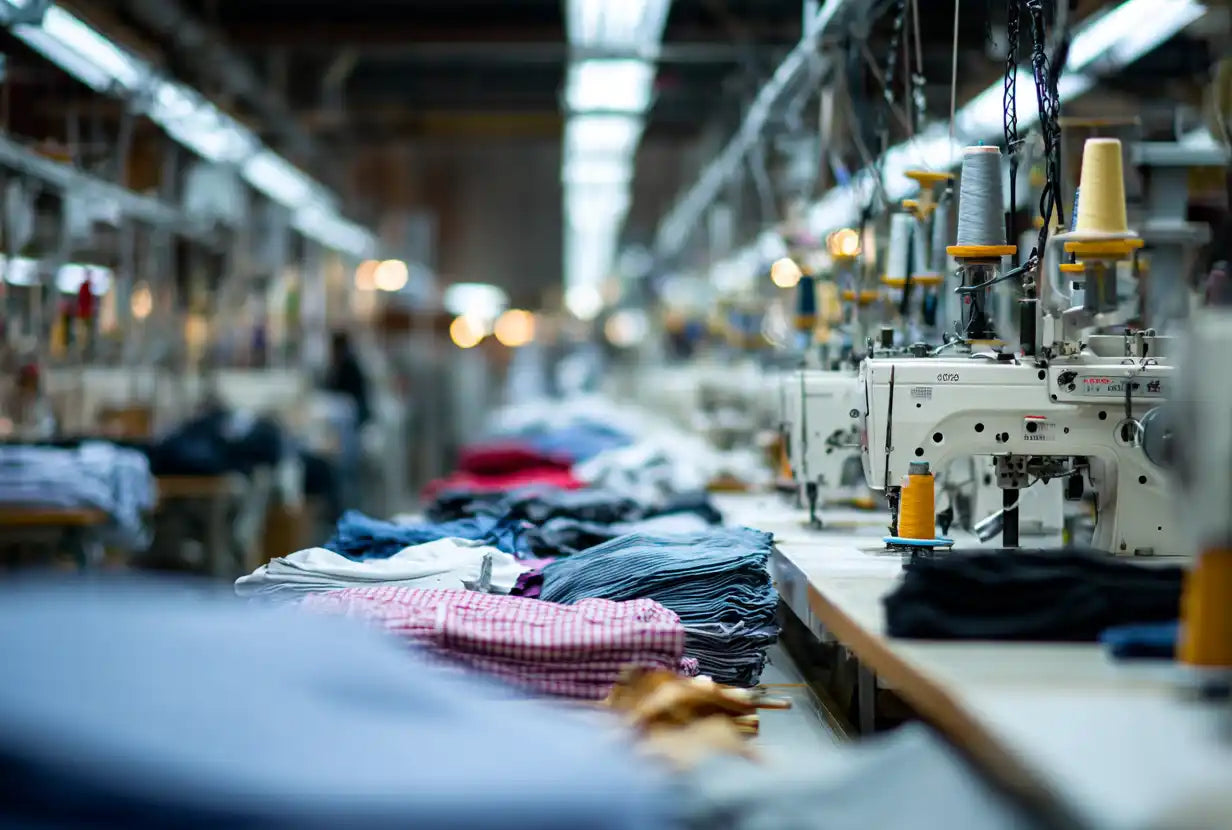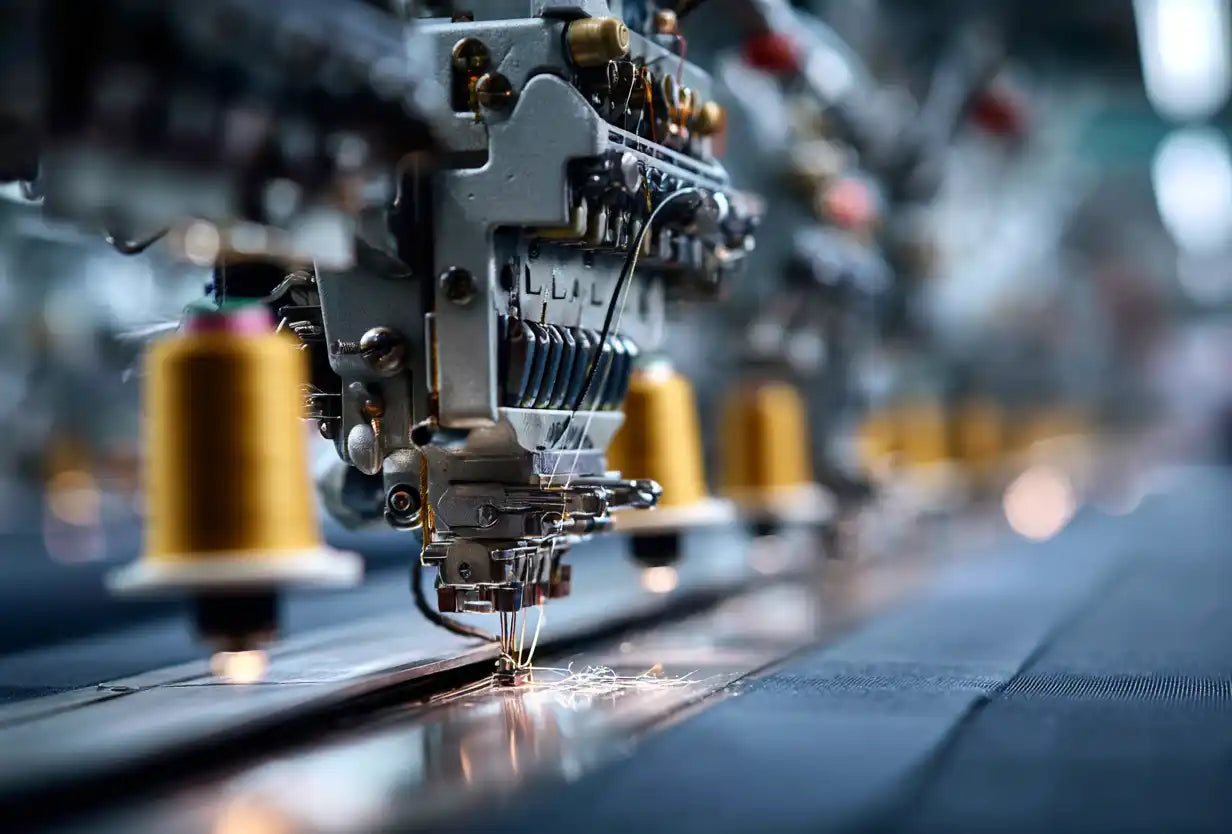Custom 8" inseam bike shorts made responsibly — fabrics, fit, and full-service production in northern Portugal
At Athleisure Basics we produce premium custom 8” inseam bike shorts in Portugal that balance compression, comfort and contemporary style. This guide explains why 8” bike shorts are trending, how we manufacture them, the sustainable fabrics we recommend, and the practical steps for taking a design from tech pack to finished collection.

The rise of 8" inseam bike shorts — why this length matters
Over the past five years the 8-inch inseam has emerged as a versatile mid-length option that sits comfortably between performance cycling shorts and casual athleisure. It provides more coverage than shorter cuts while preserving freedom of movement — ideal for crossover use (studio to street) and for consumers who prefer modest, functional silhouettes.
Market context: industry reports and brand launches in 2024–2025 showed strong demand for mid-length active bottoms. Brands that launched curated 8” inseam lines reported improved conversion among customers seeking multifunctional pieces.
How brands use the 8" inseam
- Performance-first lines — targeted compression panels and power fabrics for cycling and high-intensity workouts.
- Lifestyle collections — soft-matte Supplex alternatives for yoga, Pilates and everyday wear.
- Streetwear-adjacent drops — styling with oversized shirts, bomber jackets and sneakers for a gym-to-street look.
At Athleisure Basics we combine trend data and manufacturing expertise to advise clients on fabric choice, fit engineering and finishing that work specifically for 8” inseam designs.
Case study: Ride & Flow — sustainable 8" shorts for SS25
One European brand, Ride & Flow (Berlin), briefed us to create a sustainable 8” inseam capsule for SS25 that felt premium, sculpting and fully traceable. Their priorities were recycled materials, opacity at high stretch, and a fit that moved seamlessly between cycling and yoga.
We delivered a custom 78/22 recycled nylon–Lycra blend certified by the Global Recycled Standard (GRS), integrated 360° contour panels and used flatlock seams for minimal chafe. The production run of 1,500 units shipped in six weeks and the collection drove a 38% uplift in online sales in month one.
“Demand was immediate — customers loved the combination of sustainability and fit.” — Ride & Flow
We manage similar projects end-to-end. To discuss lead times or request a quote, visit our Get a Quote page.
Recommended fabrics and why they work for 8" inseam bike shorts
Fabric selection is the most consequential decision for bike shorts. The wrong textile shows-through, loses recovery or becomes opaque at rest. For custom 8” inseam shorts we recommend the following categories and why each is appropriate for specific brand needs:
Recycled polyester-spandex (80/20)
Best for everyday athleisure: breathable, moisture-wicking and cost-efficient. Works well when a brand wants a softer hand while keeping price-per-unit moderate.
Nylon–Lycra (75/25)
Performance cycling: higher compression, superior stretch recovery and excellent shape retention. Ideal for sculpted silhouettes and high-intensity use.
Supplex / soft-touch nylon (85/15)
Yoga and lifestyle: matte, cotton-like feel that photographs well and avoids a glossy technical sheen. Good for lifestyle-focused collections where comfort and aesthetics are paramount.
Recycled nylon blends (e.g., 78/22)
For sustainability-first brands: traceability (OEKO-TEX or GRS), reduced CO₂ during production and excellent durability. These blends can match the mechanical properties of virgin nylon with a lower environmental footprint.
Power mesh & panel fabrics
Used for ventilation, inset contouring or decorative contrast. Strategically placed mesh increases breathability and lowers weight without sacrificing coverage.
Tip: for opacity at high stretch, prefer higher GSM (weight) options and test in black and white under strong studio light to verify coverage.
For an in-depth fabric reference, see our Materials & Fabrics page.
How we manufacture custom 8" inseam bike shorts in Portugal
Our manufacturing workflow is built for precision, traceability and flexibility. Key production stages include:
- Fabric selection & certification: source GRS or OEKO-TEX certified fibres when requested and validate supplier traceability.
- Pattern development: CAD patterning and 3D simulation specifically tuned to an 8” inseam and target size range.
- Cutting & assembly: laser or die cutting for consistency, followed by flatlock and 4-needle seams for resilient stretch seams.
- Branding & finishing: heat-applied silicone transfers, reflective print or laser-cut logos per the design brief.
- Quality assurance: multi-phase QC on stretch recovery, seam integrity and colorfastness.
All work occurs in northern Portugal (Braga & Guimarães) within EU-compliant facilities. Our local network reduces shipping complexity and supports rapid turnarounds for small and medium batches.
Cost, lead times and MOQ — realistic expectations
We offer tiered pricing and lead times designed to accommodate startups and established labels:
- 100–300 pcs: ~4–5 weeks lead time — €18–€25 per unit (standard materials, simple branding).
- 300–800 pcs: ~5–6 weeks — €15–€20 per unit (custom fabric, branded packaging).
- 800+ pcs: ~6–8 weeks — €12–€18 per unit (full customization, premium finishes).
Portugal’s flexible MOQs allow small labels to access premium finishing and European compliance without large upfront inventory risk.
For a project quote, use our Get a Quote form — we routinely produce tech-pack guided samples in 10–14 days depending on fabric availability.
Design flexibility — options brands commonly request
Customization is where a product becomes distinctive. These are the most requested features for 8” inseam bike shorts:
- Waistbands: fold-over, high-compression, seamless or integrated silicone grippers.
- Panels: contouring, V-shaped side lines, or ribbed side accents for premium contrast.
- Printing methods: sublimation for all-over graphics, silicone transfer for subtle branding, or reflective prints for safety-focused pieces.
- Finishing: bonded hems, tagless labels and laser-cut logos for a luxury finish.
3D fit simulations and pre-production wear tests ensure the final cut respects intended compression and length across sizes.
Sustainability & Portugal's manufacturing advantage
Portugal’s textile cluster is a European leader in sustainable production. Key strengths include renewable energy adoption, proximity to recycled-fiber suppliers in Italy and Spain, and EU-level environmental compliance. At Athleisure Basics we select partners who provide:
- GRS- or OEKO-TEX-certified materials.
- Transparent supply chains and mill traceability.
- Efforts to reduce water and energy intensity within dyeing and finishing operations.
Selecting recycled versus virgin fibers is a trade-off of performance vs. footprint; we advise case-by-case based on brand values and technical needs.
Quick production facts — technical baseline for briefs
Below are the standard technical baselines that help brands write clear tech packs for 8” inseam bike shorts:
- Inseam: 8 inches (measured on size M, center-based pattern).
- Fabric weight: typical range 220–280 GSM for opacity and hold.
- Stretch: 4-way stretch with 20–25% Lycra or equivalent for recovery.
- MOQ: 100 pcs typical for custom runs.
Why brands choose Athleisure Basics — E-E-A-T and traceability
Experience & Expertise: our technical team has decades of combined experience in activewear product development. We deliver performance-first patterning and realistic sample iterations.
Authoritativeness: we publish technical references and maintain a transparent supplier map for certified textile sources in Europe.
Trustworthiness: EU labor compliance, sample testing protocols, and documented QC checkpoints at each stage ensure lower returns and fewer post-launch issues.
Related resources
For further reading or to request fabric swatches and a personalised quote, visit these high-value pages:
FAQs — Manufacturing in Portugal
What are typical lead times for custom 8" inseam bike shorts produced in Portugal?
Lead times vary by order size and fabric availability. Typical ranges: 4–5 weeks for 100–300 units, 5–6 weeks for 300–800 units, and 6–8 weeks for large runs with custom features. Sample and lab dips add 1–2 weeks. If you require faster samples, we offer express prototyping at an additional cost.
Are Portuguese factories compliant with EU labor and environmental regulations?
Yes. The manufacturing partners we select operate within EU frameworks and meet standard labor regulations. Many of our partners also publish environmental measures such as energy mix (solar/wind), water treatment and certifications like OEKO-TEX or GRS to show textile traceability.
Can small brands work with a low MOQ in Portugal?
Portugal’s cluster often supports lower MOQs than other European locations. We typically accept custom orders starting at 100 units. For small-batch launches, we recommend prioritizing a single colorway or simplified finishing to keep unit costs predictable.
How does shipping and VAT work for EU and non-EU brands?
Shipping depends on destination and chosen carrier. For EU-based brands, goods move intra-community with VAT rules applied per local regulations. Non-EU brands are usually exported DAP or DDP depending on the arrangement. We provide export paperwork and can coordinate with your freight forwarder.
FAQs — Fabrics & Technical Selection
Which fabric blend is best for opaque, high-stretch black bike shorts?
For opaque black with high stretch, choose a nylon–Lycra or recycled nylon blend with 20–25% elastane equivalent and 220–280 GSM. A higher nylon ratio increases opacity and improves recovery. Lab-dip and wear tests under strong light are essential to confirm opacity across sizes.
Are recycled nylon and polyester blends as durable as virgin fibers?
Modern recycled blends can match many properties of virgin fibers when sourced from reputable mills. Durability depends on fiber processing, twist, and finishing. Certifications (GRS, OEKO-TEX) and mill test certificates are reliable indicators of consistent quality.
How should I specify stretch and recovery in a tech pack?
Specify % stretch (e.g., 4-way stretch), target recovery after 30 cycles (e.g., >90% recovery), GSM and desired handfeel. Include a reference fabric sample or existing product as a benchmark. Adding a lab test requirement (AATCC or ISO mechanical stretch tests) reduces ambiguity.
Can prints or sublimation affect fabric performance?
Yes. Heavy prints or dense sublimation on stretch areas can reduce elasticity or create stiffness. Use performance-grade print processes and avoid applying heavy artwork on main compression panels. Silicone transfers and reflective prints are low-impact alternatives for branding.
FAQs — Design & Customization
What branding options are available that don’t affect comfort?
Comfort-friendly branding includes heat-applied silicone transfers, sublimated logos, laser-cut tonal markings and low-profile reflective prints. Avoid thick woven labels at high-stretch zones; instead use tagless printed care labels or heat-applied patches at the waistband's interior.
How do I choose waistband construction for endurance vs. lifestyle use?
For endurance and cycling, choose a high-compression waistband with silicone gripper to prevent slipping. For lifestyle, a fold-over or softer compression waistband offers comfort and a casual silhouette. We can produce both versions in proto so you can evaluate wear and fit.
Are bonded hems and seamless finishes recommended for 8" inseam shorts?
Bonded hems give a premium flat finish and reduce seam bulk — great for a sleek look. Seamless construction can reduce chafe but can also increase tooling and cost. Bonded hems are a balanced option for mid-length shorts aiming for a premium appearance without excessive cost.
What sample process should I plan for before bulk production?
Plan for a minimum of: initial proto (fit sample), lab dip/sample swatches (color & fabric), pre-production sample (PPS) with final trims and branding, and then a pre-shipment check. Each step reduces risk of surprises during bulk production.
Phase 2: Top 5 actionable SEO optimization suggestions
- Title & meta optimization: shorten the page title to include primary keyword early and keep meta description concise to improve CTR on search engine results.
- Structured data: add Article schema and FAQ schema to help eligibility for rich results and enhance visibility in search engines.
- Internal linking: add 3–5 contextual links to high-authority pages (Materials & Fabrics, Custom Clothing Portugal, Get a Quote) from body copy and CTAs to funnel users to conversion pages.
- Image optimization & alt text: add compressed WebP images, descriptive alt text with keywords such as “custom 8 inch bike shorts Portugal” and include one product-shot and one factory/process shot.
- Keyphrase clustering & subheadings: adjust H2/H3 subheadings to target long-tail phrases (e.g., “custom 8-inch bike shorts manufacturing Portugal”, “low MOQ bike shorts Portugal”) and ensure each subheading answers search intent directly.
Please reply with the numbers (e.g., 1,3,4) you want implemented. I will then apply them and generate the final HTML with those changes.
Conclusion
Custom 8” inseam bike shorts are a high-value, versatile product category that blends performance, lifestyle and sustainability. Portugal’s manufacturing ecosystem offers technical skill, flexible MOQs and traceable materials that align well with modern brand requirements. If you’re building a performance or lifestyle line, a focused proto and clear fabric brief will unlock the best results — and we’re ready to help you through each stage from tech pack to delivery.

